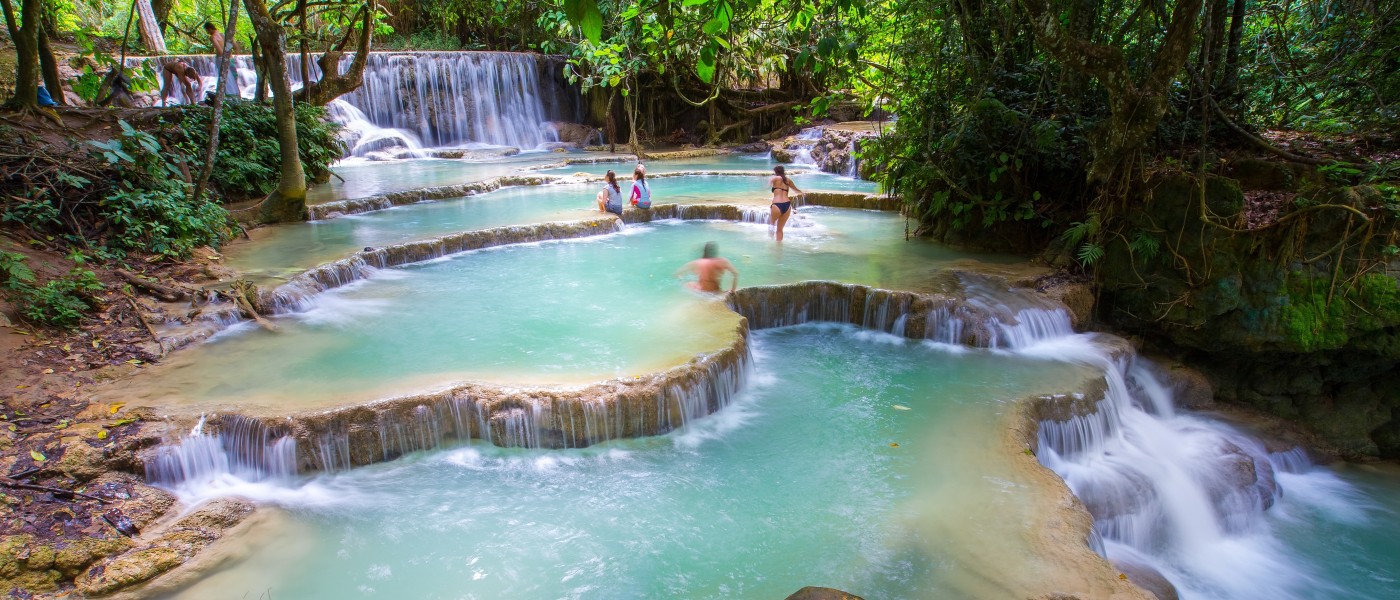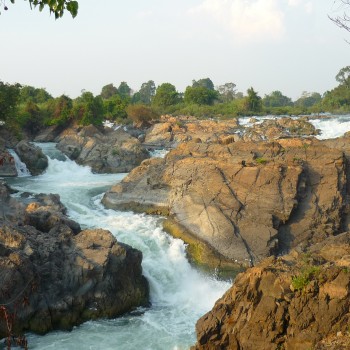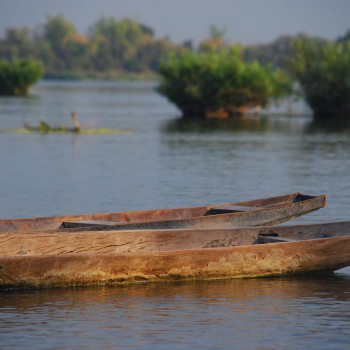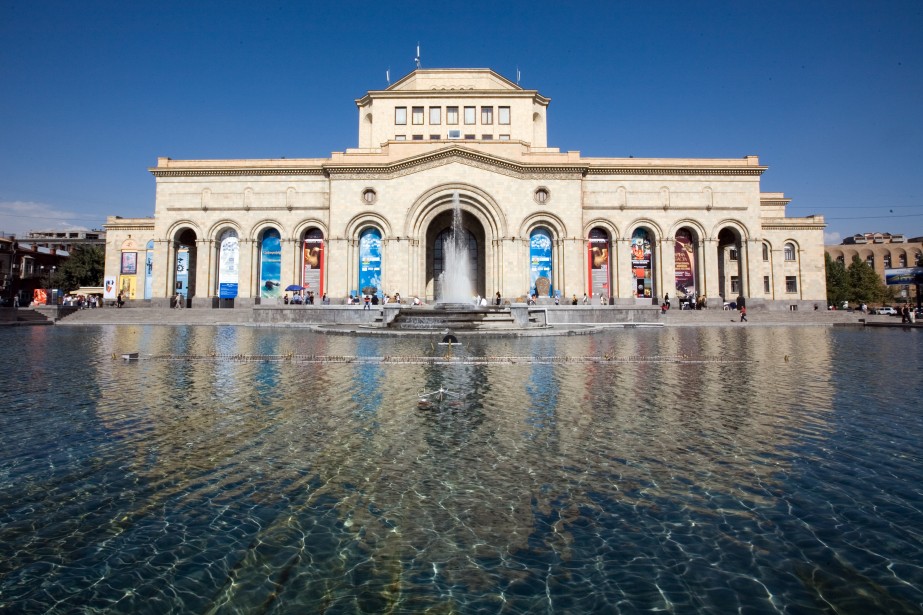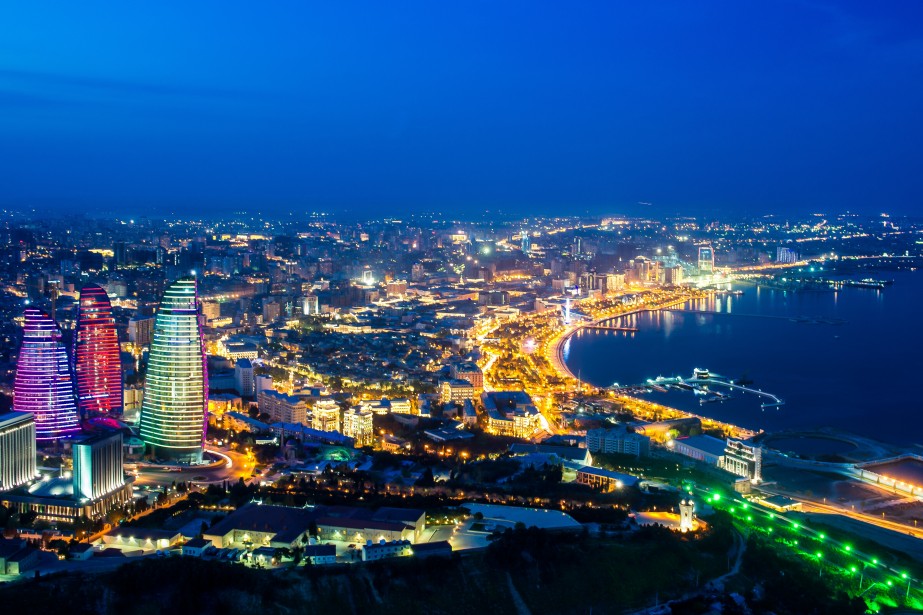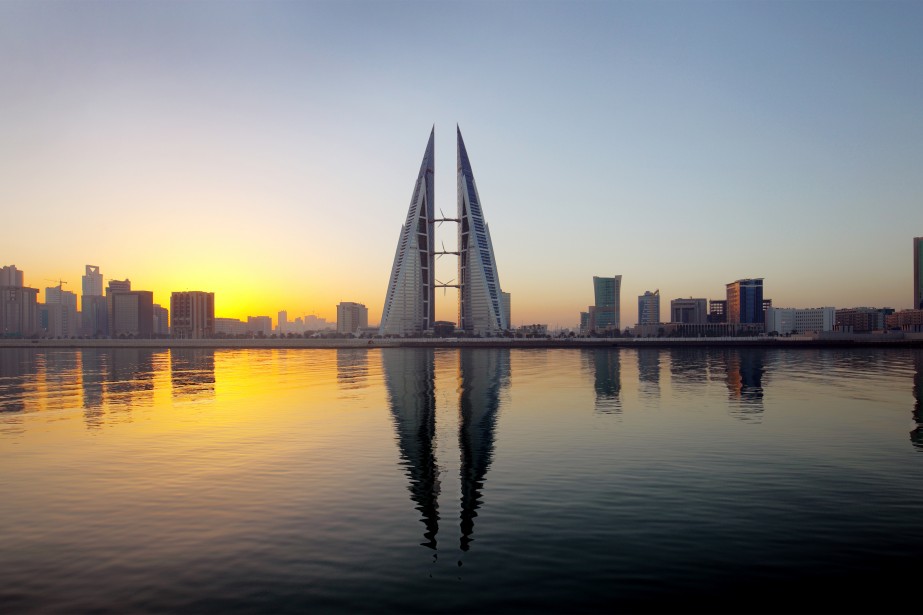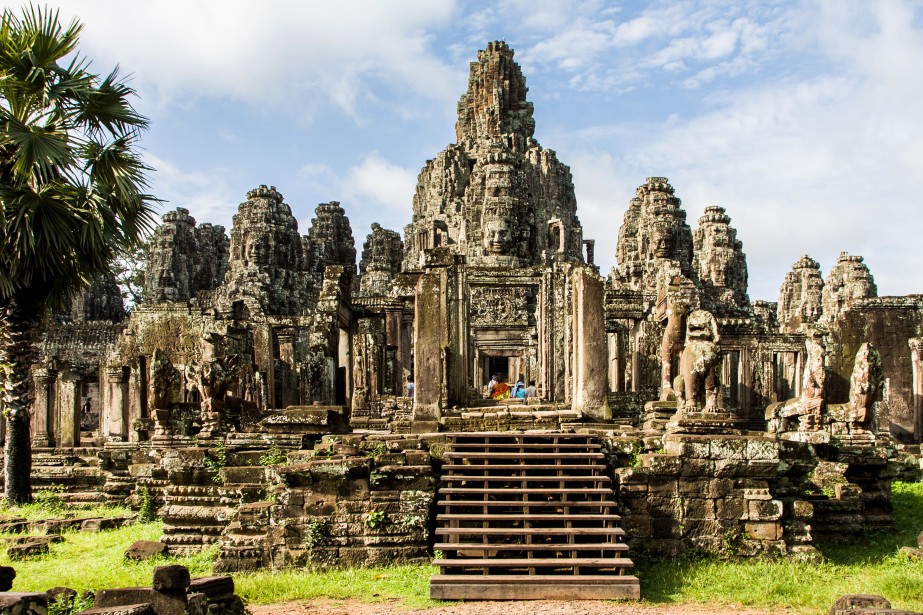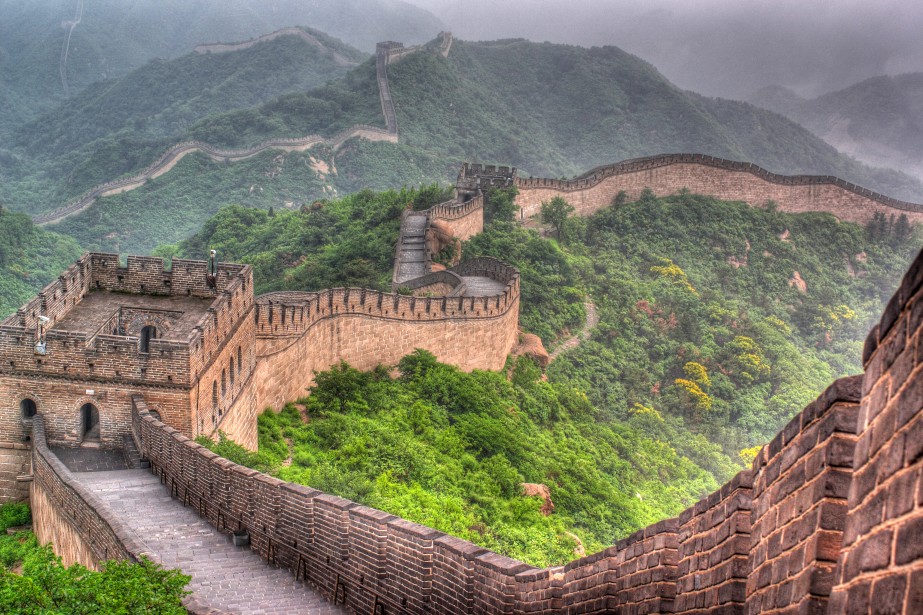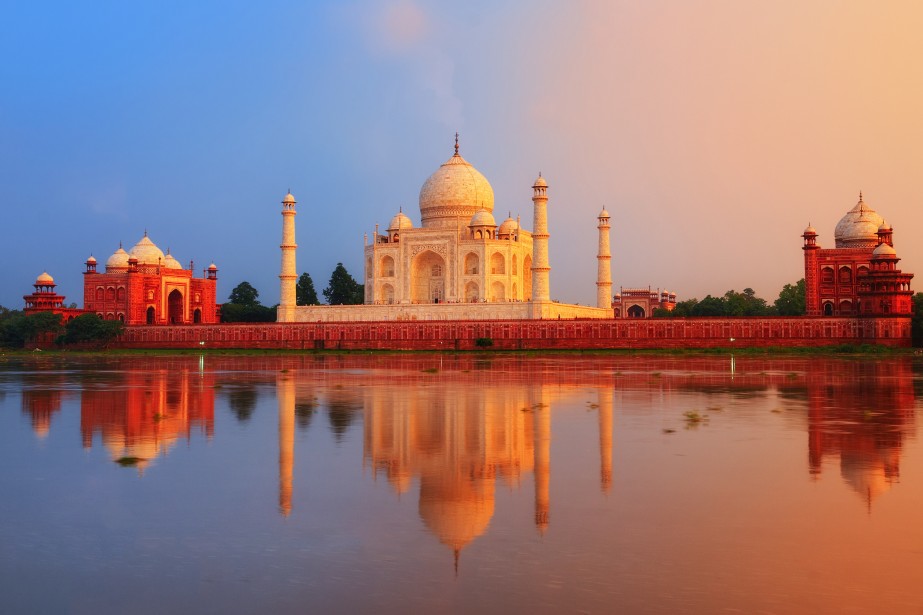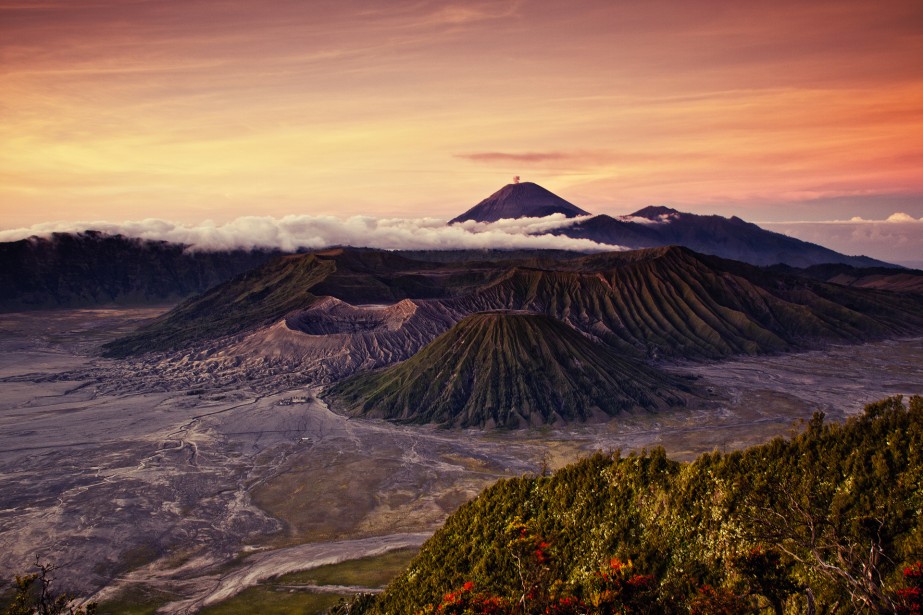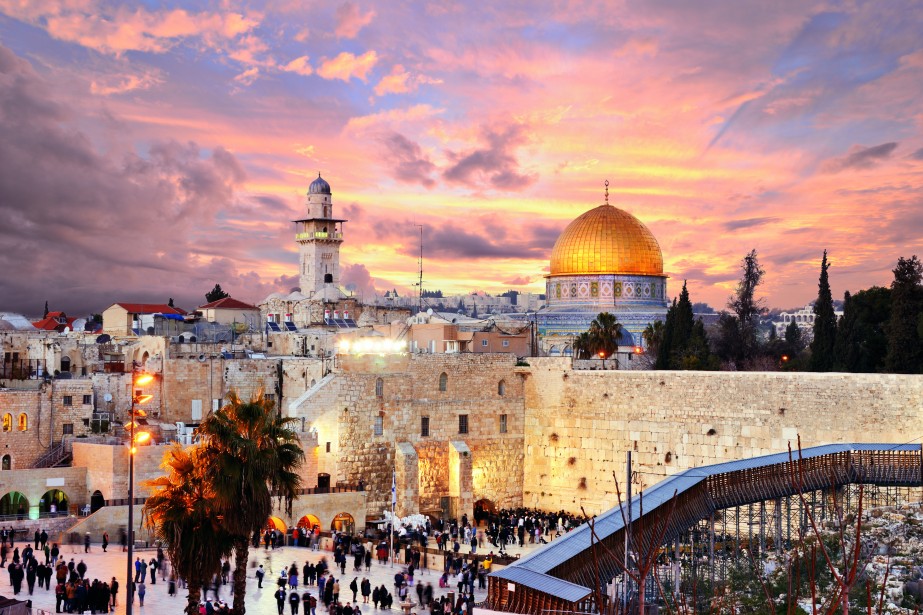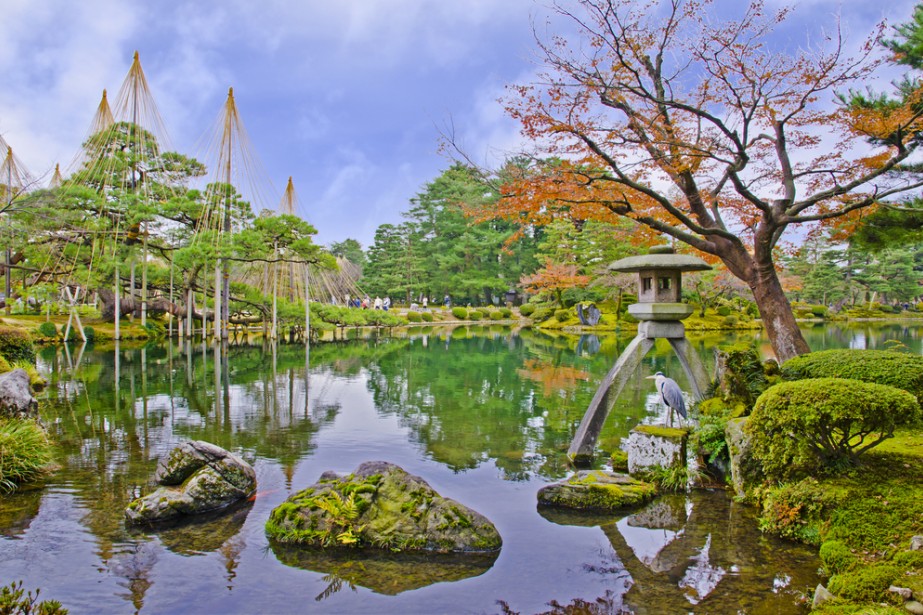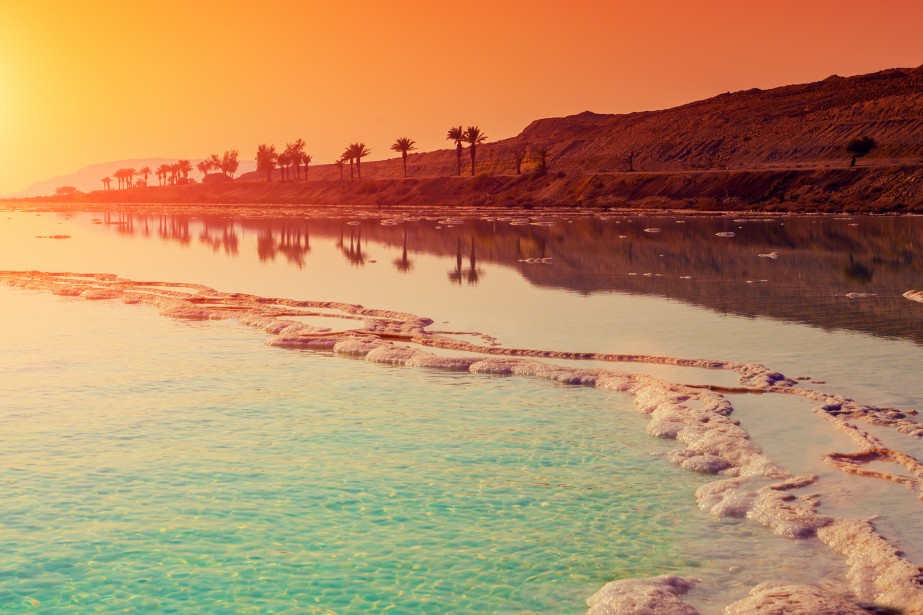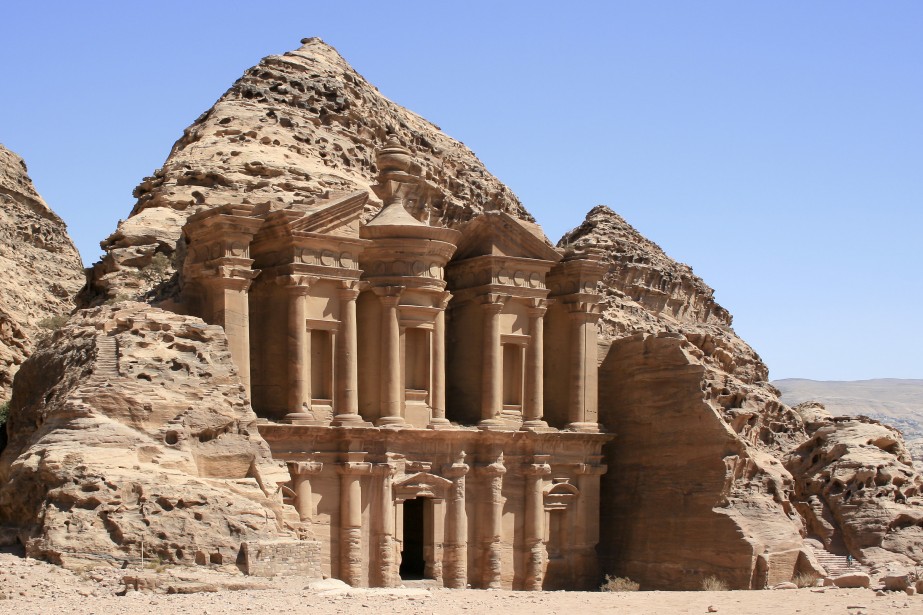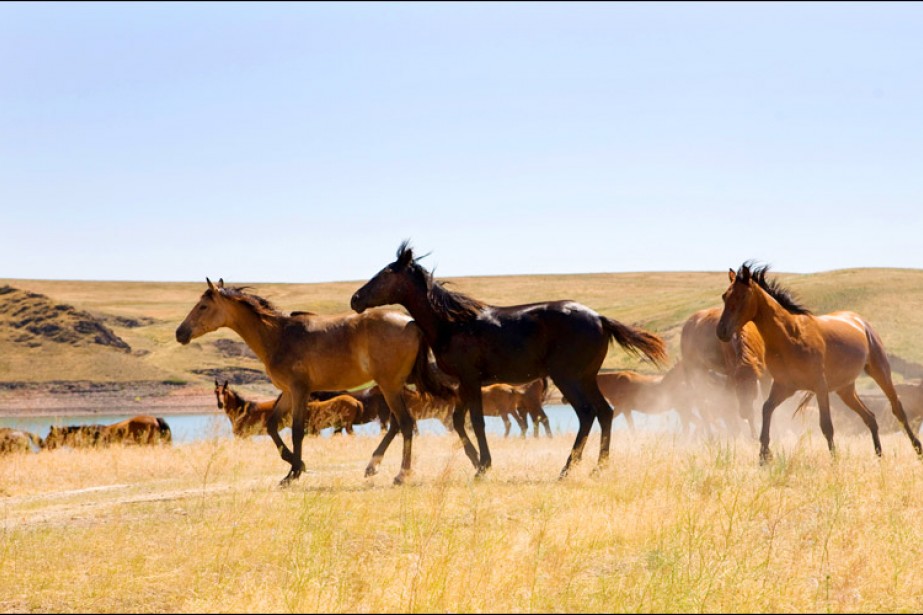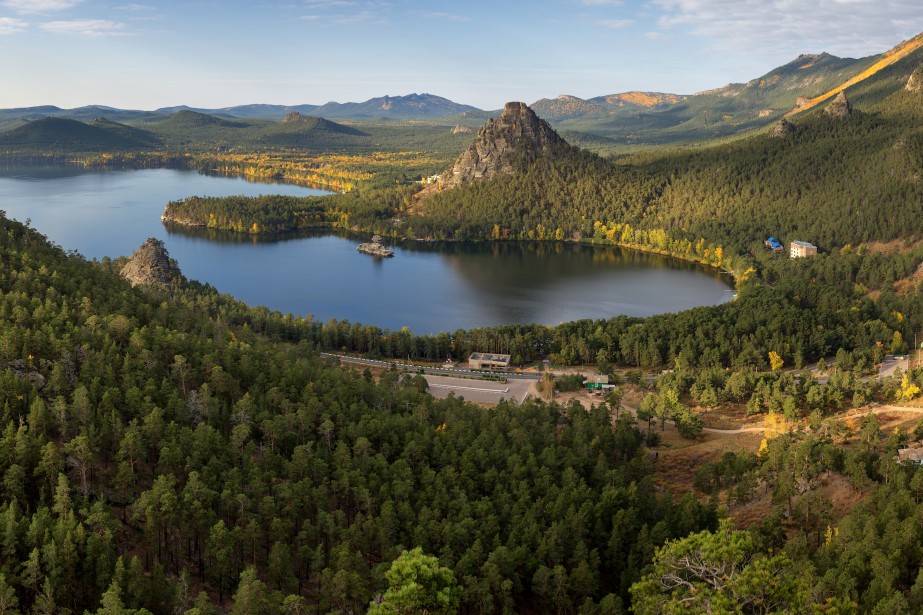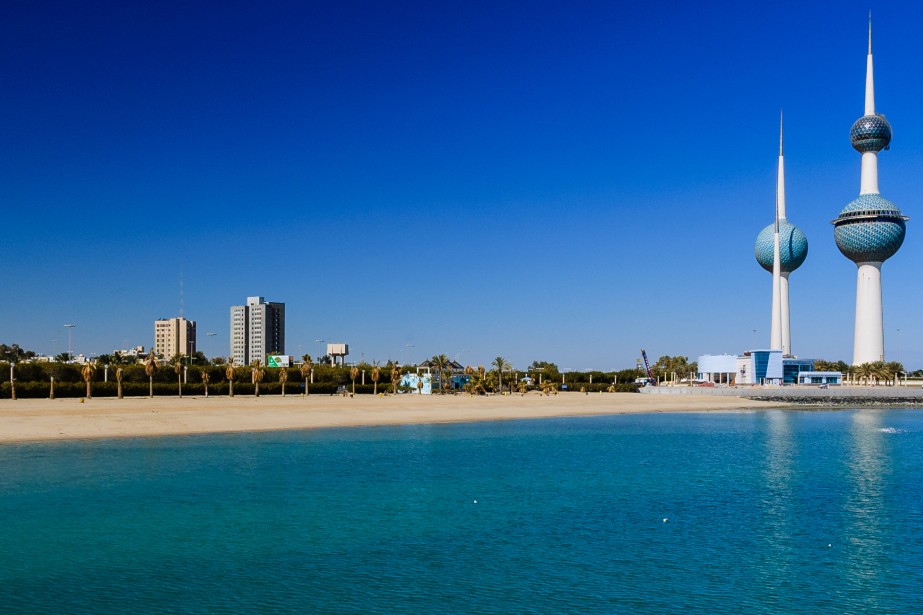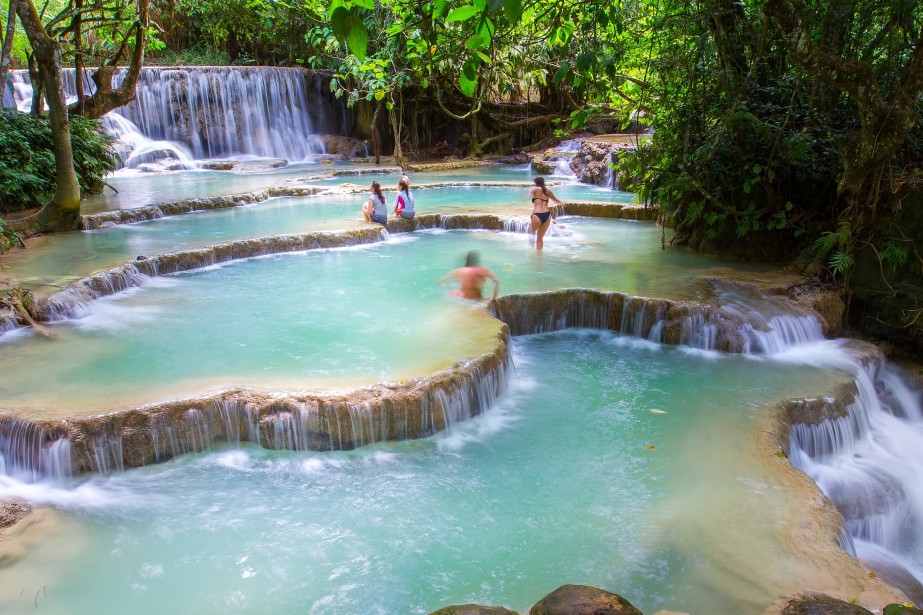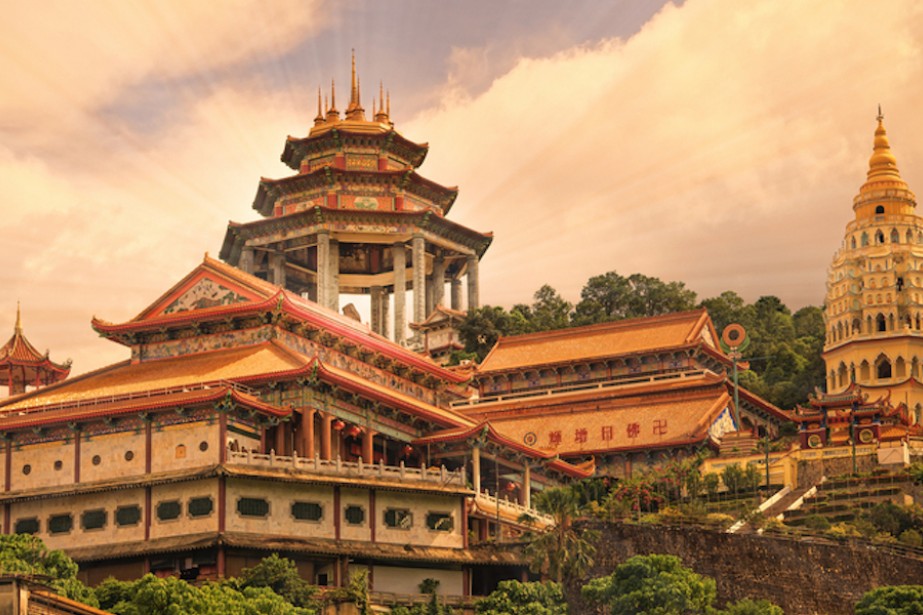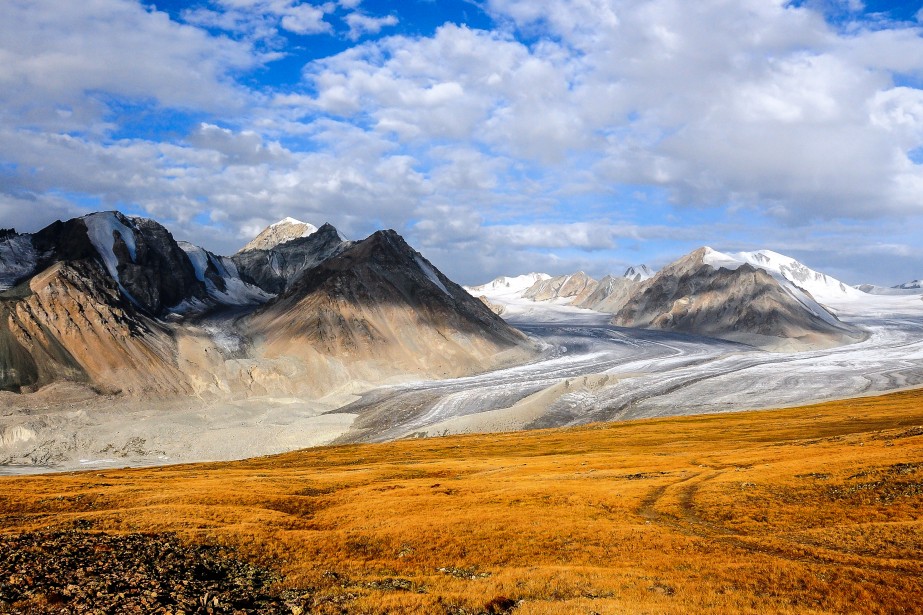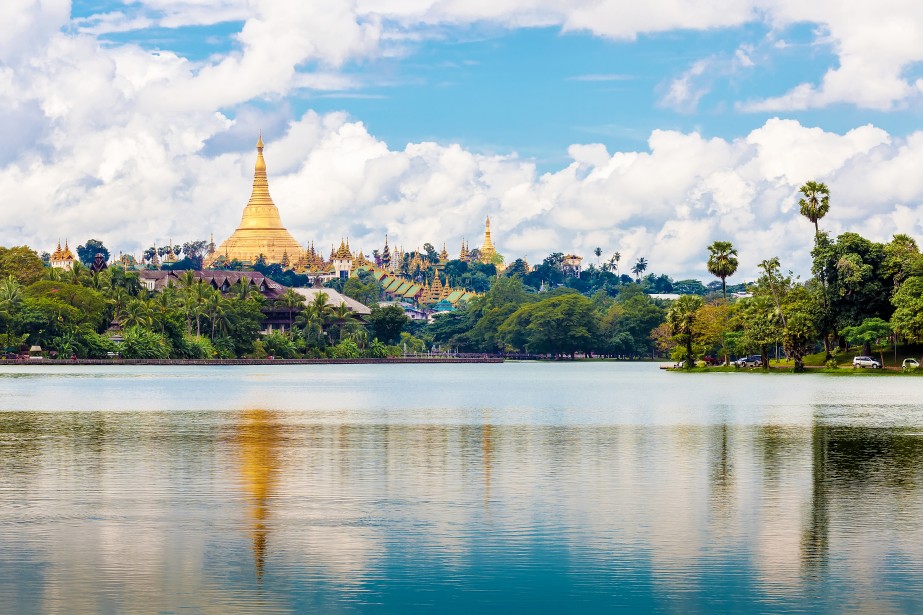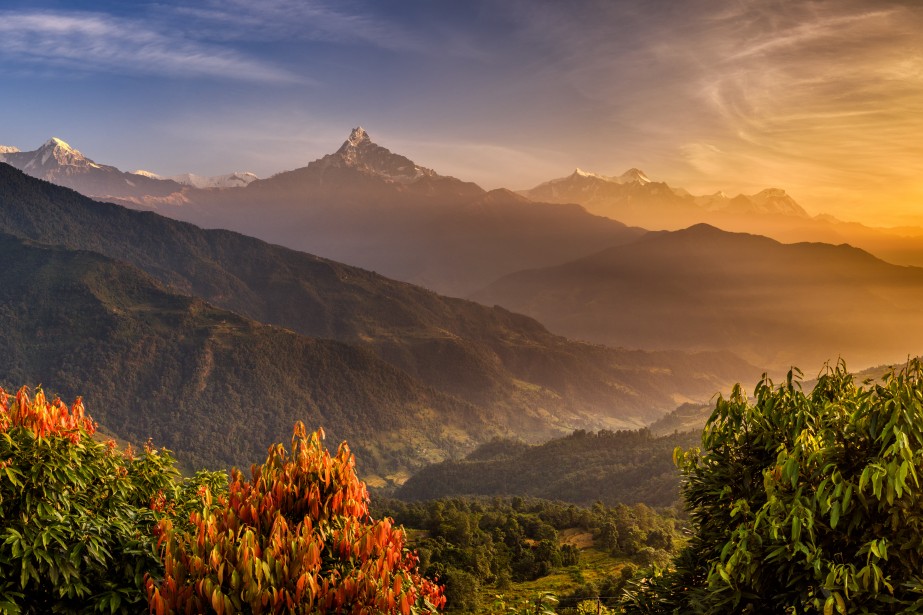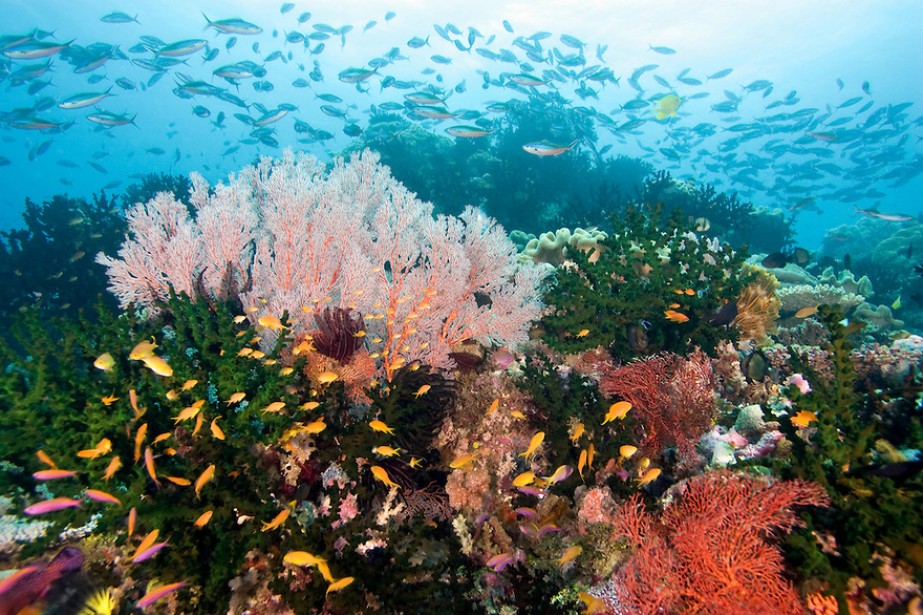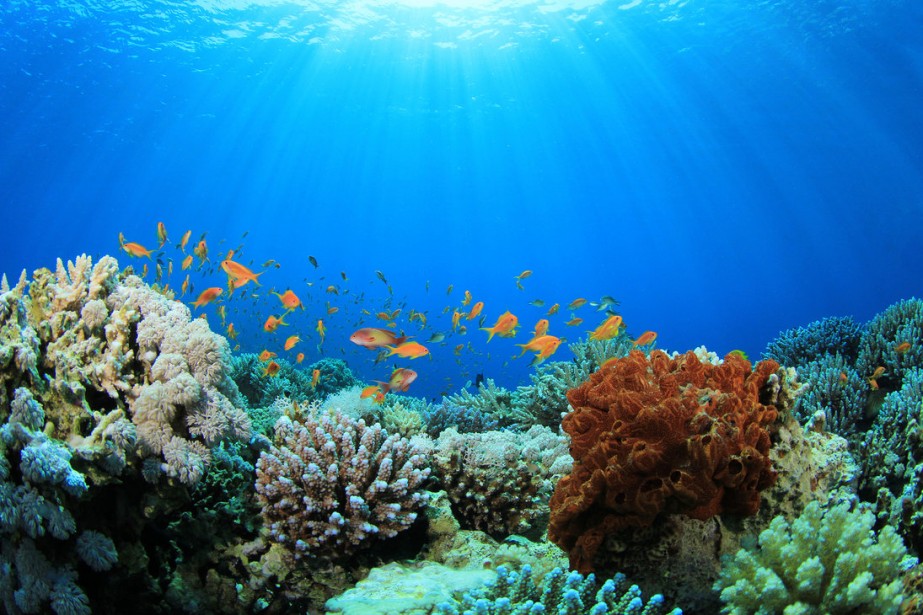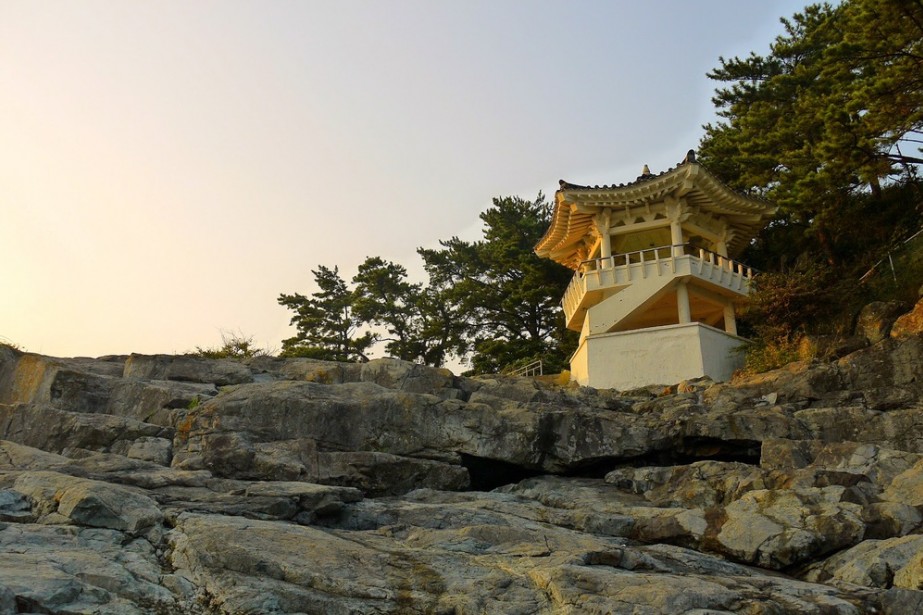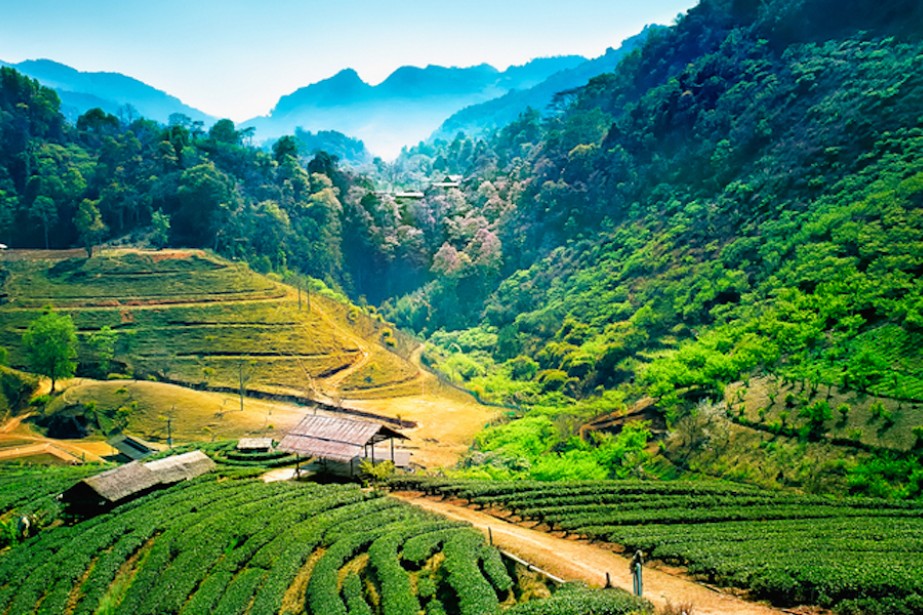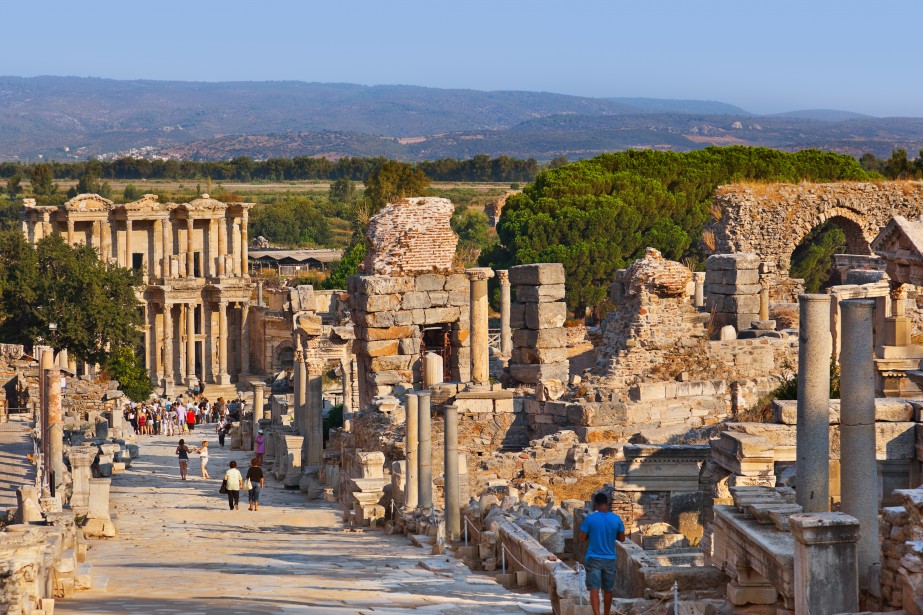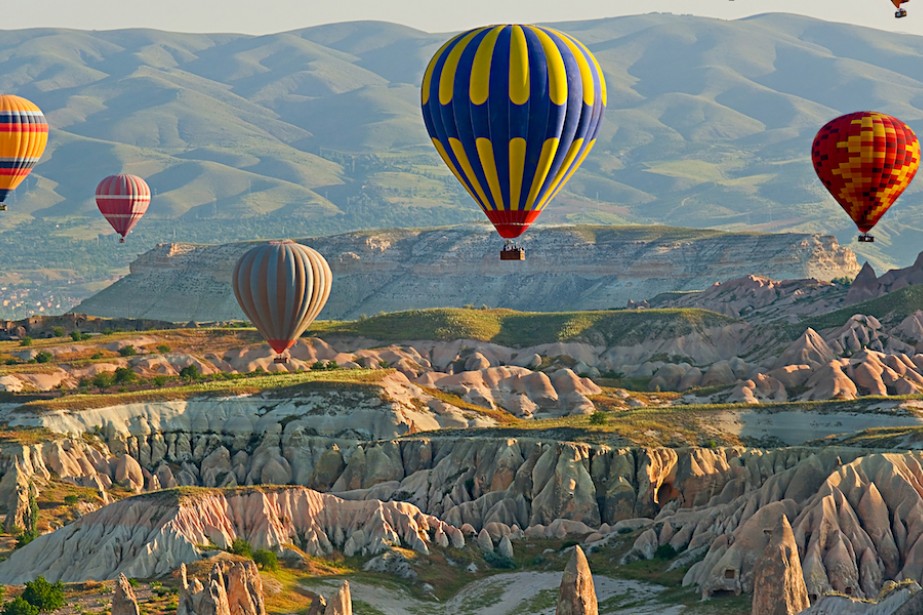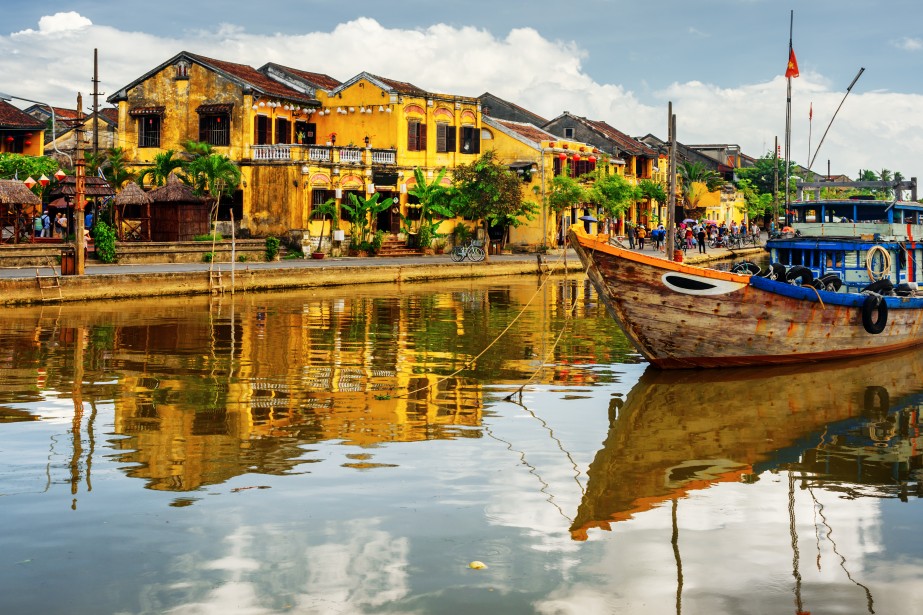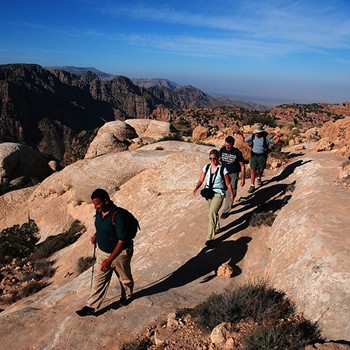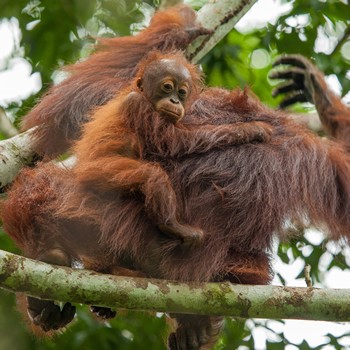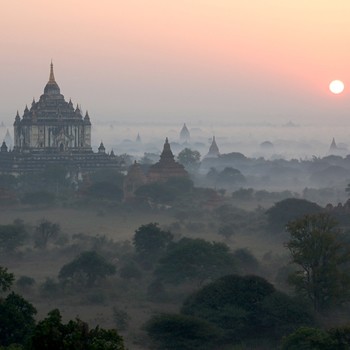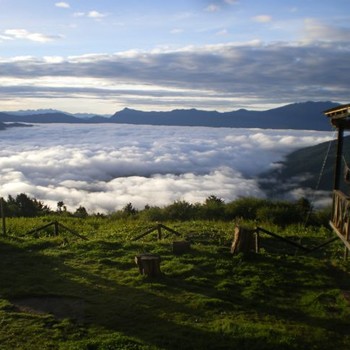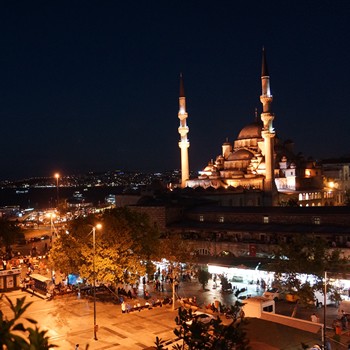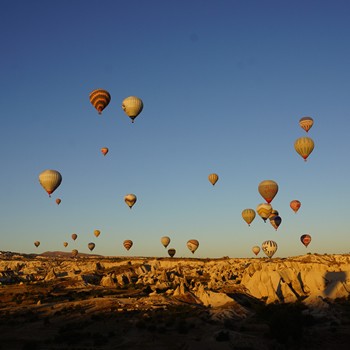Submitted by Heather Demars on August 1, 2016
Overview
Laos, known as the “Land of the Million Elephants” is a landlocked mountainous country bordered by China to the north, Vietnam to the east, Cambodia to the south and Thailand and Myanmar to the west. The country is now gaining a reputation as an excellent eco-tourist destination. It may be less developed compared to its neighboring countries but it surely offers exquisite natural beauty coupled with warm people. Tourists will see that most of the country’s national parks are still unspoiled and that the locals welcome visitors with open arms.
For those seeking outdoor fun, Laos offers a variety of exciting activities like kayaking, rafting, rock climbing, and biking. But the most familiar is the community-based trekking because it combines the splendid natural sightseeing and the chance to know the real Laos by staying at welcoming villages.
There are many routes you can take when trekking around the country but it is still best to stay out of the usual path and make your own trails worth remembering. After all, half of the fun of travel is the experience you gain, people you meet, wrong turns and the lao lao you drink with the natives at the end of the road less travelled.
When to Travel
The monsoon cycles that determine the weather in Southeast Asia produce a “dry and wet monsoon climate.” The southwest monsoon arrives in the country around May and lasts until November. It is followed by the northeast monsoon that gives the country a dry season from late November to May.
Temperature and rainfall in the country vary according to geographical location. The provinces located in the highlands receive the most downpours while in the lowlands, temperature ranges between 15°C to 38°C.
It is important to time your visit when visiting the country so you can enjoy the experience to its fullest. The best time to travel is from November to February when the temperature is not too hot and downpours are less. This is also the time when Laos celebrates most of its national and regional festivals (called buns in the country).
If you plan to do more outdoor activities and visit the northern part of the country, then the right time to visit will be from March to May (hot season)and June (early rainy season). Temperatures in these months are moderate. On the other hand, Southern Laos must be avoided during these months because temperatures soar up during day time and nights are not much cooler.
The rainy season should not be ignored too. Downpours do not last long and are normally followed by long periods of sunshine. Roads are clearer and the surroundings are brighter. The only catch is that roads are muddy making travel to remote areas an impossible task. A good alternative is river travel which is best during November. Water levels are high making navigation easier.
Cuisine and Drinks
Just like the food eaten in the northeastern region of Thailand, Lao cuisine is also spicy and often more bitter than sweet. It uses a lot of fresh herbs and vegetables that are often served raw. The spiciness has already been tempered to match the Western palate. The dishes are Indian Chinese in flavor and presentation.
The staple food is sticky rice and the national food is the laap which is a salad-like dish with minced meat tossed in different herbs, lime juice, garlic and chilies. Another favorite and a “must-try” in the country is the tam maal hung which is the Lao version of papaya salad dressed in fermented crab and fish sauce. Other popular dishes are khai phaan prepared from a kind of weed in the Mekong River, mokpa, a steamed fish that is wrap in a banana sauce and ping kai which is a spicy type of grilled chicken.
Influences of the neighboring countries are also seen in Lao cuisine. There’s the French baguette stuffed with pate and the pho noodles from Vietnam that is commonly served during breakfast.
Beerlao is the country’s national drink which is made of jasmine rice. This product is one of the few exports of the country. Rice whisky, lao lao is also popular with two brands available. It is actually cheap and you can get it with less than a dollar. Lao coffee (kaafeh lao) is considered to be one of the best in the world. You can find the best brand in the country – the Lao Mountain Coffee. It is commonly served with sugar and condensed milk in most restaurants. Kaafeh nom is coffee with milk and kaafeh dam is black coffee so make sure you have the right one when you order.
Popular Sights of Laos
Wat Xieng Thong (Golden City Temple) - Enchanting. This is how best we can describe this monastery located at the tip of a peninsula. See for yourself the impressive temples decorated with colored glass and stenciled with gold. Inside are exquisite pieces of artworks and gifts that were made for previous kings. This place really is a living proof that Luang Prabang has previously been the royal capital.
Plain of Jars - This is one extraordinary site near the Phonsavan. Scattered around the landscape are hundreds of huge stone jars some even weighs up to 6 tons. Legends have different stories to tell. It was believed that the jars were used to ferment rice wine and some said that they were used as funerary urns.
That Luang (Royal Stupa) - The Royal Stupa is considered to be the country’s most significant building. Leaving the country without visiting this important building is like never coming to the country at all. This dazzling golden temple that symbolizes Lao rule and Buddhism can be seen from afar. Inside, each level has its unique architectural design that relates to the Buddhist doctrine.
Pak Ou Caves - Take a look at the two caves of Pak Ou Caves – the Tham Ting and Tham Phun. Easily accessible by a speedboat from Luang Prabang, the caves house Buddha images believed to be left by worshippers centuries ago.
Kuang Si falls - The Kuang Si falls is famous for its multi-tiered structure. Cool water falls over a series of limestone steps and settles in stunning pools that are surrounded by rich vegetation. The serenity and magnificence of the place must not be missed by visiting tourists.
Si Phan Don - Situated at the tail of Mekong River is the country’s famous four thousand islands region. The most popular islands are Don Khong which is the largest and most developed and the enticing Don Det.
There are also magnificent waterfalls in the area including the largest in the whole Southeast Asia.
Traditional weaving - Visit the community of Ban Phanom famous for its traditional weaving just near Luang Prabang. Bargain with the locals to get artistic embroideries and silk.
Practical Info
Currency
Laos’ official national currency is Lao kip (LAK) divided into. The currency is carried out in banknotes of 500, 1000, 2000, 5000, 10000, 20000 and the currently printed 50000 notes.
There are 3 currencies used for trading: Lao kip, which is negotiable in everyday business, Thai baht (B) and US dollars. In major cities and towns, Thai baht and US dollars are accepted at most business establishments like hotels, shops and restaurants. On the other hand, smaller towns prefer to transact using kip. Small purchases are commonly quoted in kip, more expensive commodities can either be in baht or dollars and anything more than US$100 is to be quoted in US dollars.
It is also with much luck that ATMs landed in the country. But don’t rejoice yet since ATMs can only be found in the capital city Vientiane and allow only withdrawals of up to 700,000 kip (around US$70) a time, with each withdrawal charging you a fee of US$2. Cards that are accepted are Visa and MasterCards – only they dispense cash in only in Lao Kip. Other cards will be useless but this possibly may change in the future. Most businesses also do transactions in kip so it is always advisable to bring some extra money in your pocket. However, larger transactions are mostly carried out in dollars and baht.
Some gift shops, hotels and upmarket restaurants in Vientiane and Luang Prabang are currently accepting MasterCard and Visa credit cards along with AmEx and JCB which are sometimes accepted.
Other credit cards will not be accepted at all. Banks in major cities like the BCEL (Banque pour le Commerce Extérieur Lao) branches offer cash advances and withdrawals on Visa cards in Lao kip only but with a corresponding transaction fee.
Traveler’s checks in US dollars are readily accepted. Outside Vientiane, they are actually the only checks accepted. But remember that only few businessmen accept traveler’s checks.
When exchanging money, note that exchange rates are usually the same whether you are dealing with banks or moneychangers. Banks in Vientiane and Luang Prabang can change currencies in UK pounds, US Canadian and Australian dollars, Euros, Thai baht and Japanese yen. The best exchange rates are offered at the BCEL.

